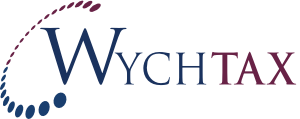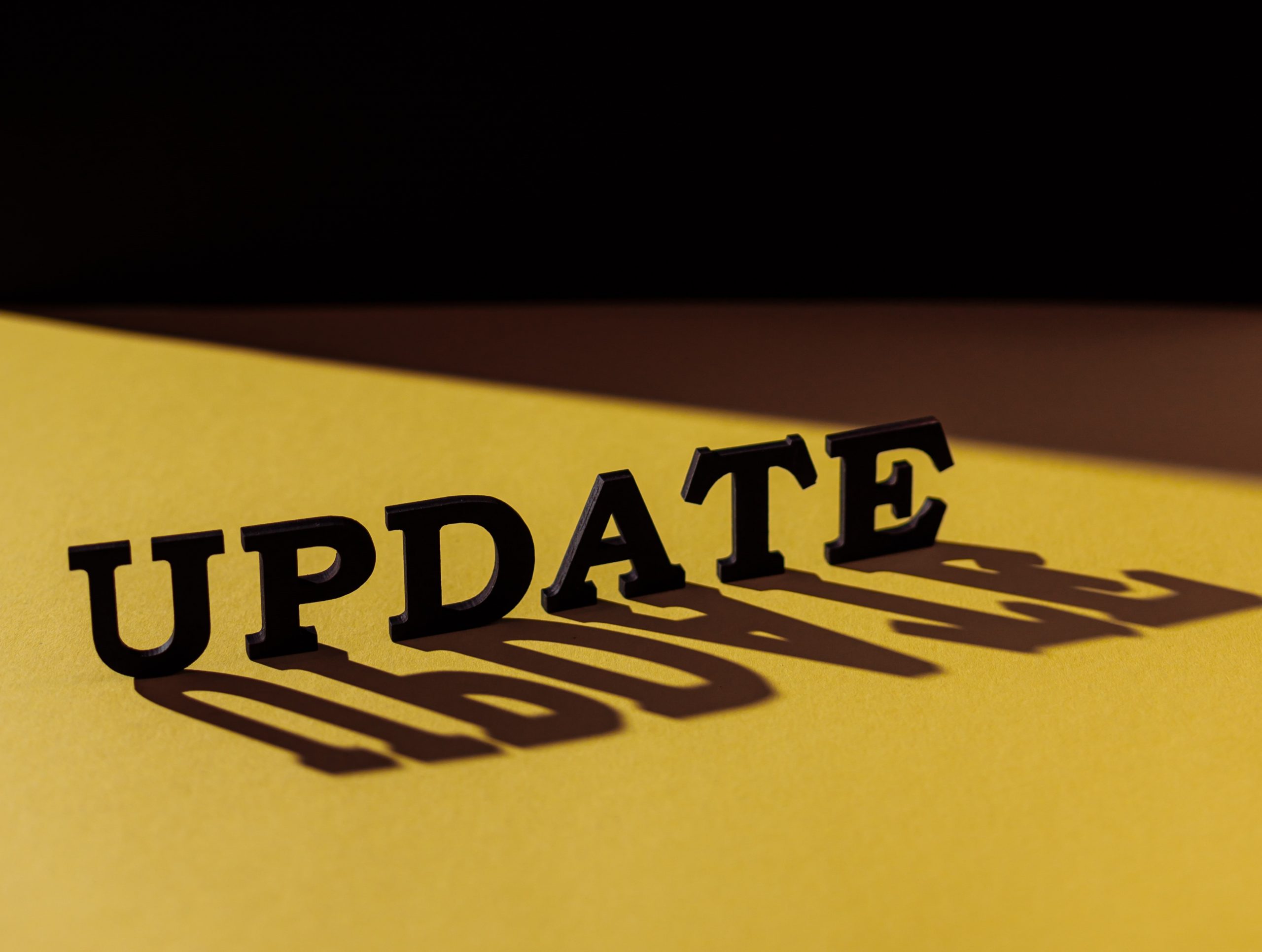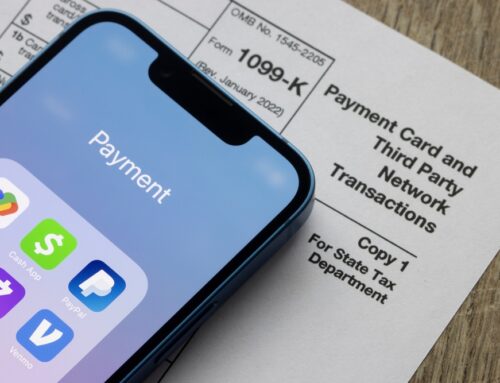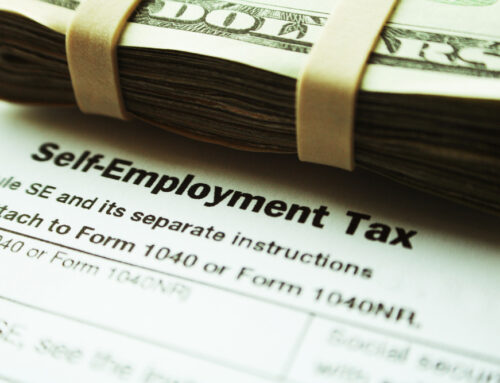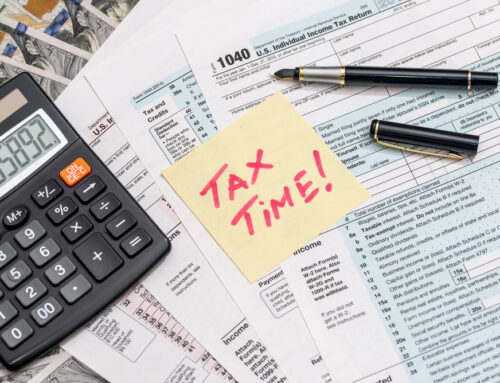Back in December, we talked with you about the many changes to small business taxes that have occurred due to COVID-19. Now, it’s important we circle back to this as there have been several adjustments to these “rules”, particularly regarding Payment Protection Program (PPP) loans and other Small Business Association (SBA) loans.
Paycheck Protection Program returns
In August 2020, the ability to apply for a PPP loan had expired. However, the SBA and U.S. Treasury department have reopened the program and are allowing applications for both First Draw and Second Draw PPP loans under the Consolidated Appropriations Act (CAA).
- First Draw Loans — for entities that have never received a PPP loan, they can now apply for loans up to the lesser of $10 million or 2.5 times their average monthly payroll.
- Second Draw Loans — for entities that have received a previous PPP loan, they can apply for another round up to $2 million if they have used (or will use) all funds from their original loan by the time they expect to receive their second loan.
Loan eligibility includes but is not limited to:
- Small businesses with 500 or fewer employees (300 or fewer for second draw loans)
- Businesses categorized under “Accommodation or Food Services” that have 500 or fewer employees per location (300 or fewer for second draw loans)
- Independently owned franchises
- Self-employed workers, independent contractors, gig workers, and sole proprietors
- 501(c)(3) businesses or tax-exempt nonprofit organizations
Important note: In order to qualify for a second draw loan, you must have had at least a 25% decrease in gross receipts in any quarter of 2020 when compared to the same quarter in 2019.
Employee retention credit
Another critical legislation change involves the employee retention credit (ERC), which previously provided employers with a credit equal to 50% of qualified wages (up to $10,000) for each employee.
The new legislation allows eligible employers to claim a credit equal to 70% of qualified employee wages (up to $10,000) after December 31, 2020 through June 30, 2021. This means employers can now claim a maximum of $7,000 per employee per quarter in 2021.
Even more importantly, if you had obtained the PPP loan in 2020, you were automatically disqualified from the ERC. Now, any employer that received an original PPP loan can go back and retroactively claim the ERC if you have additional wages that were not used to achieve PPP loan forgiveness, even if they do not apply for a second draw PPP loan.
Small Business Administration loan programs
Some of the SBA’s most popular small business loans are Section 7(a) and 504, and provisions to the Coronavirus Aid, Relief, and Economic Security (CARES) Act in 2021 have resulted in changes to these loans as well.
With the 7(a) loan, you can borrow up to $5 million if you have fewer than 500 employees and less than $7.5 million in average annual receipts to be used for working capital, equipment, inventory, and business acquisitions. The 504 loan program also has a $5 million limit and similar requirements to 7(a), but is intended to purchase commercial real estate and equipment to help grow your business.
If you already had a Section 7(a) or 504 loan in existence in 2020, you should have gotten up to six payments for principal and interest forgiven during the year. With the new provisions to this law, they are now forgiving additional payments dependent on your situation, which could be anywhere from two to nine throughout the year capped at $9,000 per month. This applies to both existing loan programs and those that are acquired this year.
Ask an expert
If any of these new provisions apply to you and your small business or you want more information on what is best for your business and how to implement it, we are always here to help at Wych Tax. We are your local tax experts dedicated to providing financial assistance and peace of mind. Reach out to us by phone at 970-223-0792 or email jessica@kevinshawcpa.com for more information.
